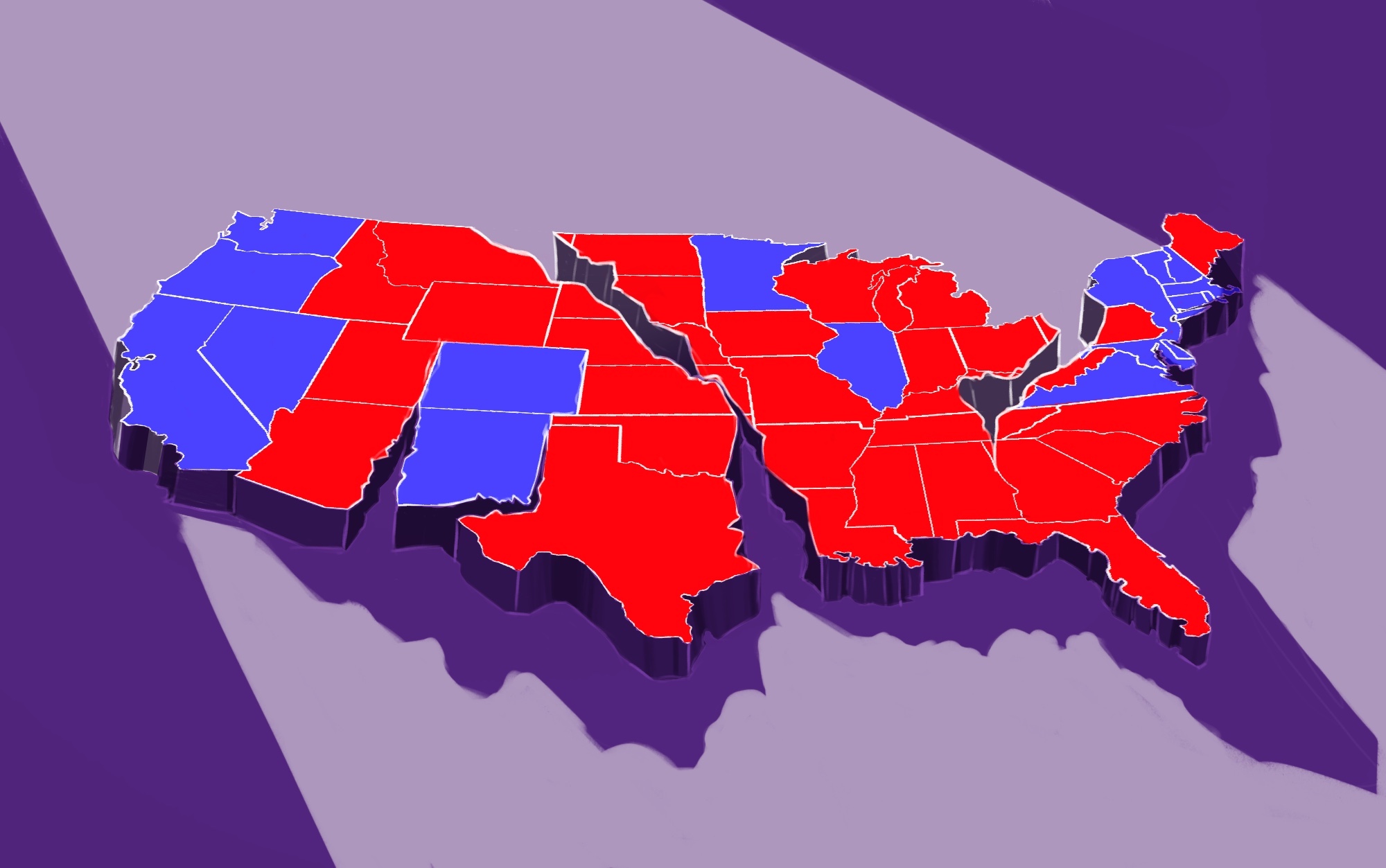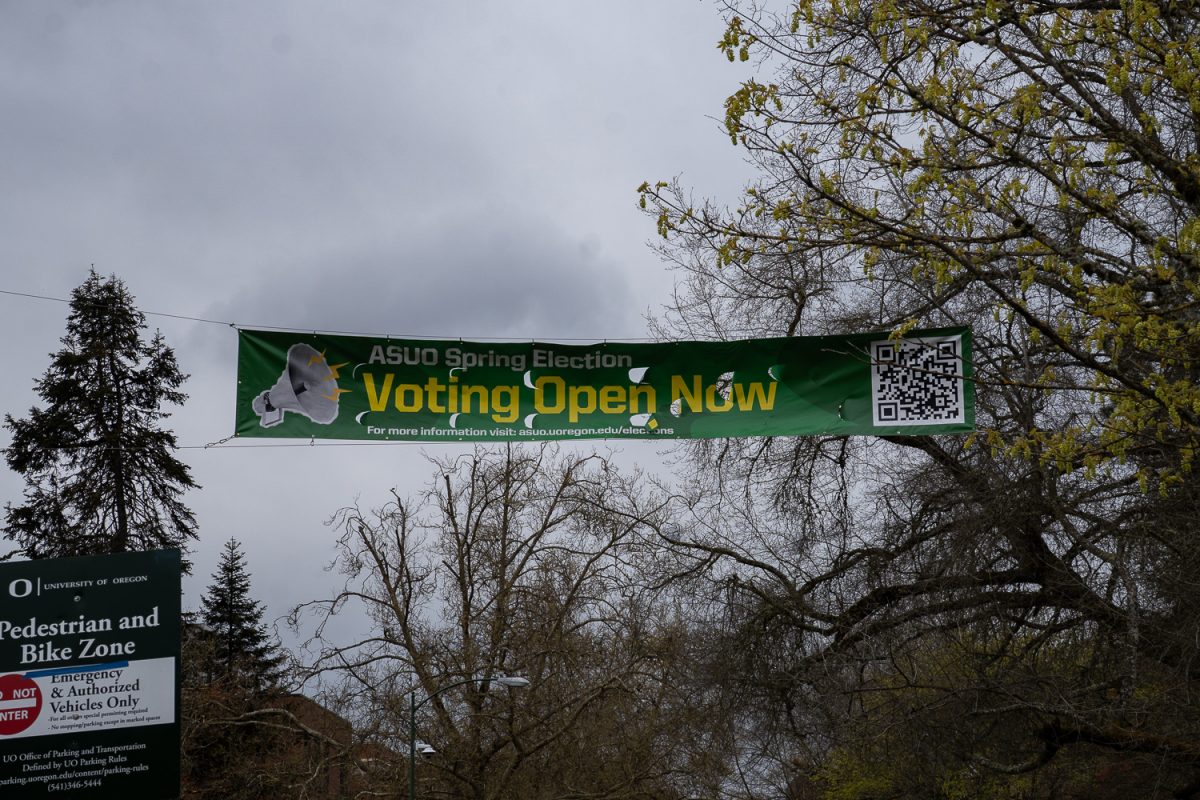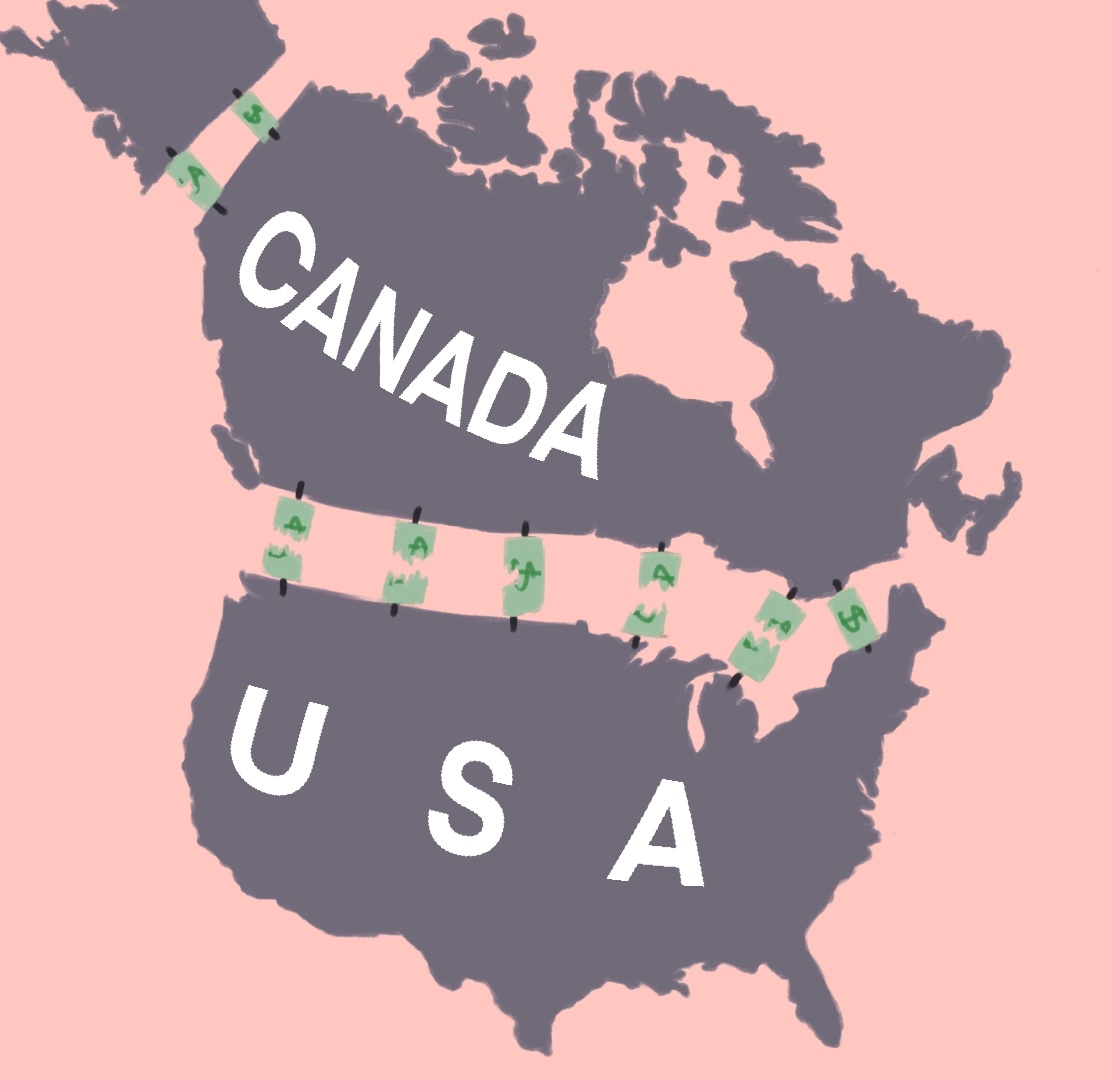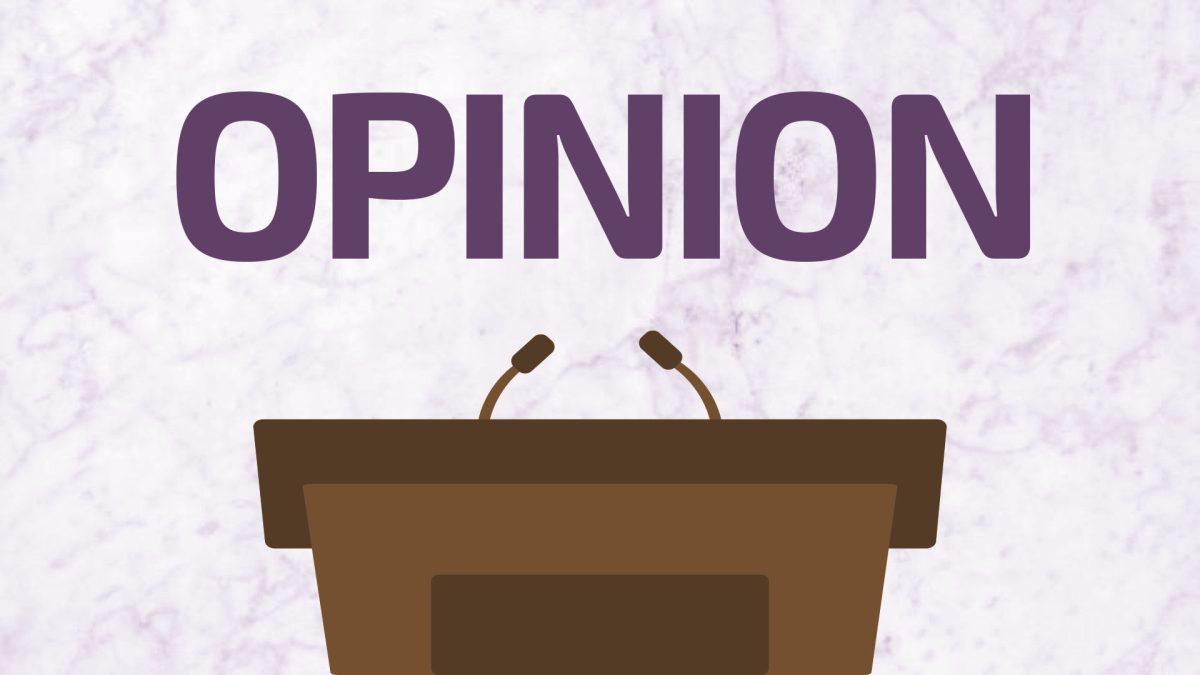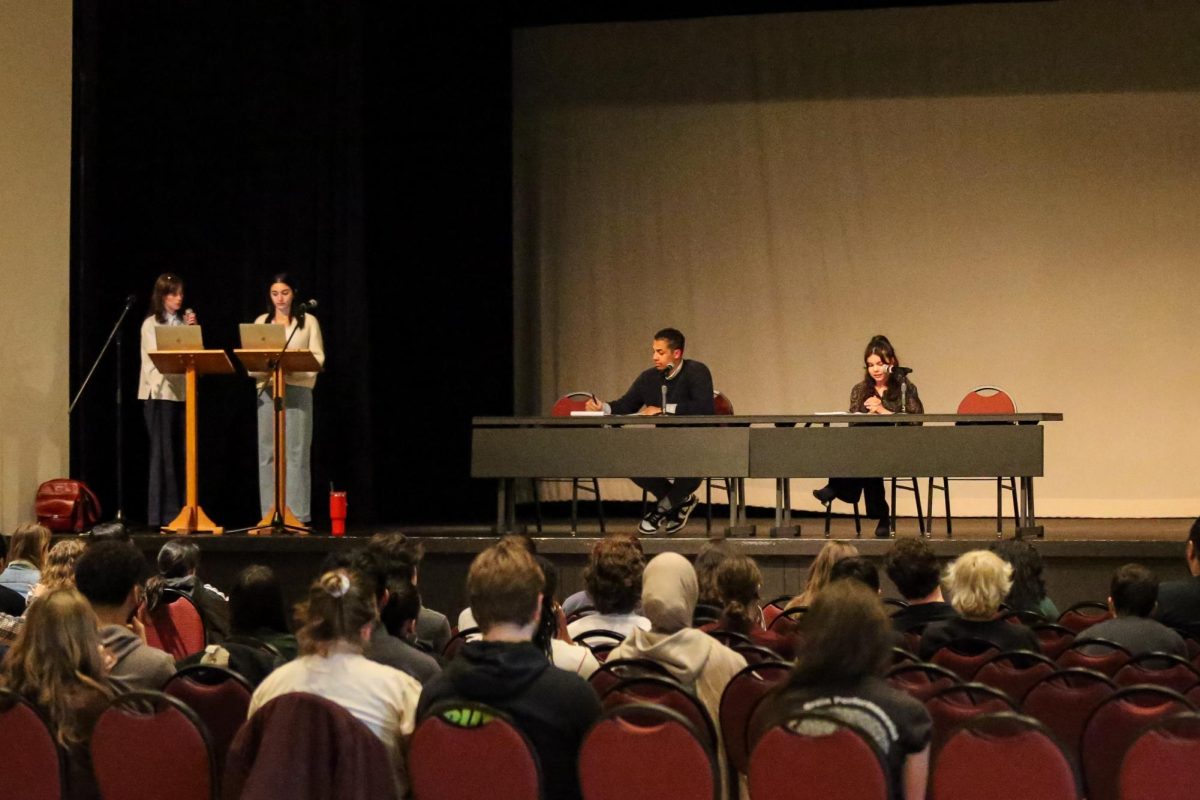In my senior year of high school, nearly three years ago, I took a class on the U.S. government. I learned about the political spectrum and how America has gone from moderate to two opposite sides of the spectrum. l saw the split between Republicans and Democrats, and observed how especially after Trump’s presidency this gap became increasingly large.
The growing hatred that stems from both Democrats and Republicans has surged. Now, both sides see each other as threats to America’s well-being.
A 2014 study from the Pew Research Center, which informs the public on social issues, public opinions and trends that shape America and the world, states, “ideological overlap between the two parties has diminished: Today, 92% of Republicans are to the right of the median Democrat, and 94% of Democrats are to the left of the median Republican.”
Within our society, this split has been a growing influence on political views.
University of Oregon Business Law professor Farhad Malekafzali considered this polarization and how it has impacted political decisions over the past years.
Malekafzali said, “If we look at policy-making, it has become more polarized, and political scientists have not been able to answer the reasons behind it.”
It seems that this polarization is a conflicting topic with no right answers.
Brookings Institution is a Washington D.C.-based nonprofit organization that researches improvement for policy and governance. In a commentary, “The polarization paradox: Elected officials and voters have shifted in opposite directions” by William A. Galston, the lens of ideology is highlighted to be a key factor in studying why this polarization might be occurring.
Galston writes, “Almost all liberals will vote for Democrats and conservatives for Republicans, while moderates are more likely to shift between parties based on the specific choices they confront.”
When we look at recent social issues such as abortion, global warming and immigration, the stances indicate whether an individual is more liberal or conservative.
Polarization continues to have a strong effect on political outcomes. It seems as the growing split increases, there is less success in agreeing on a candidate that fits all of our needs.


